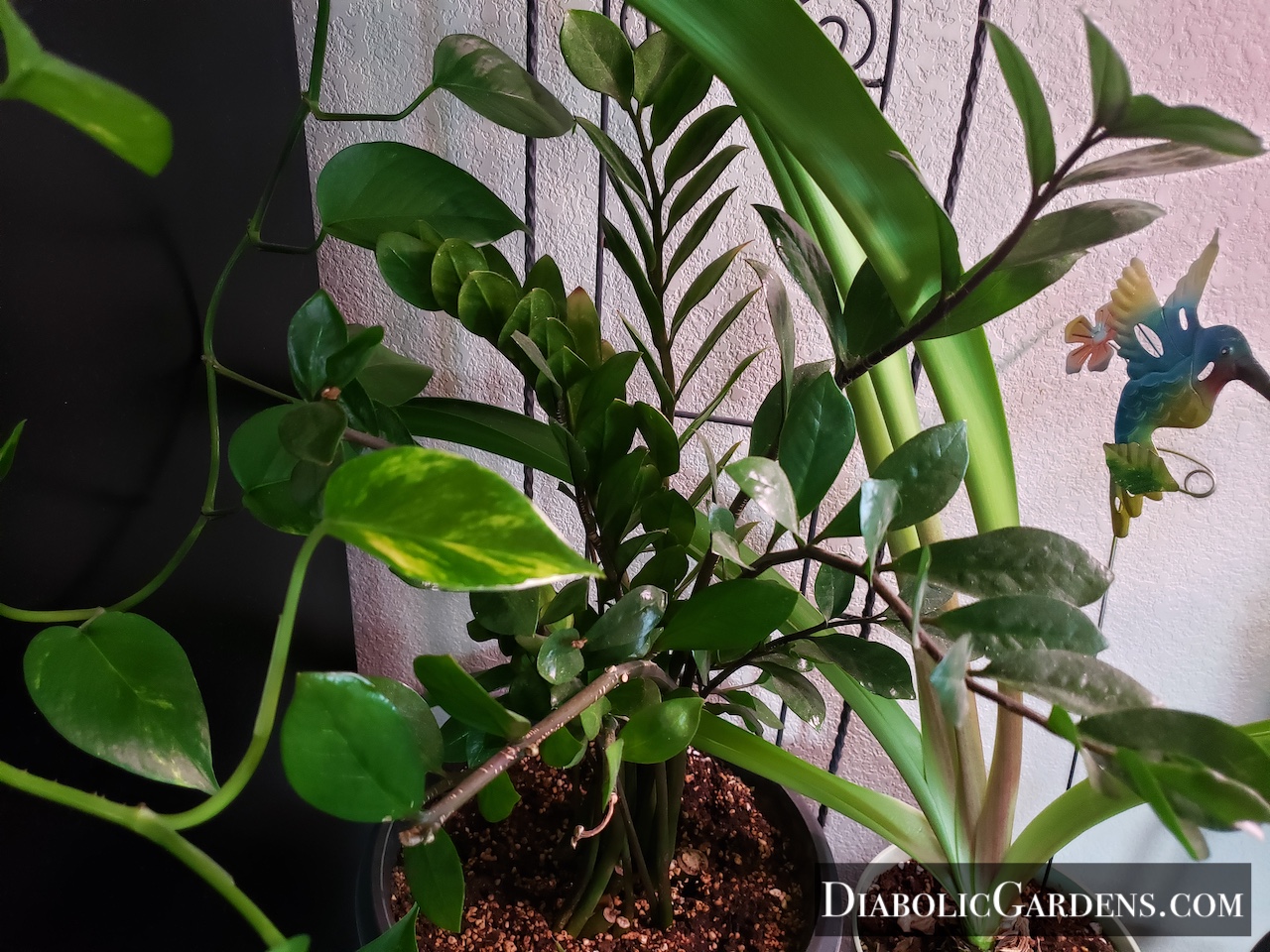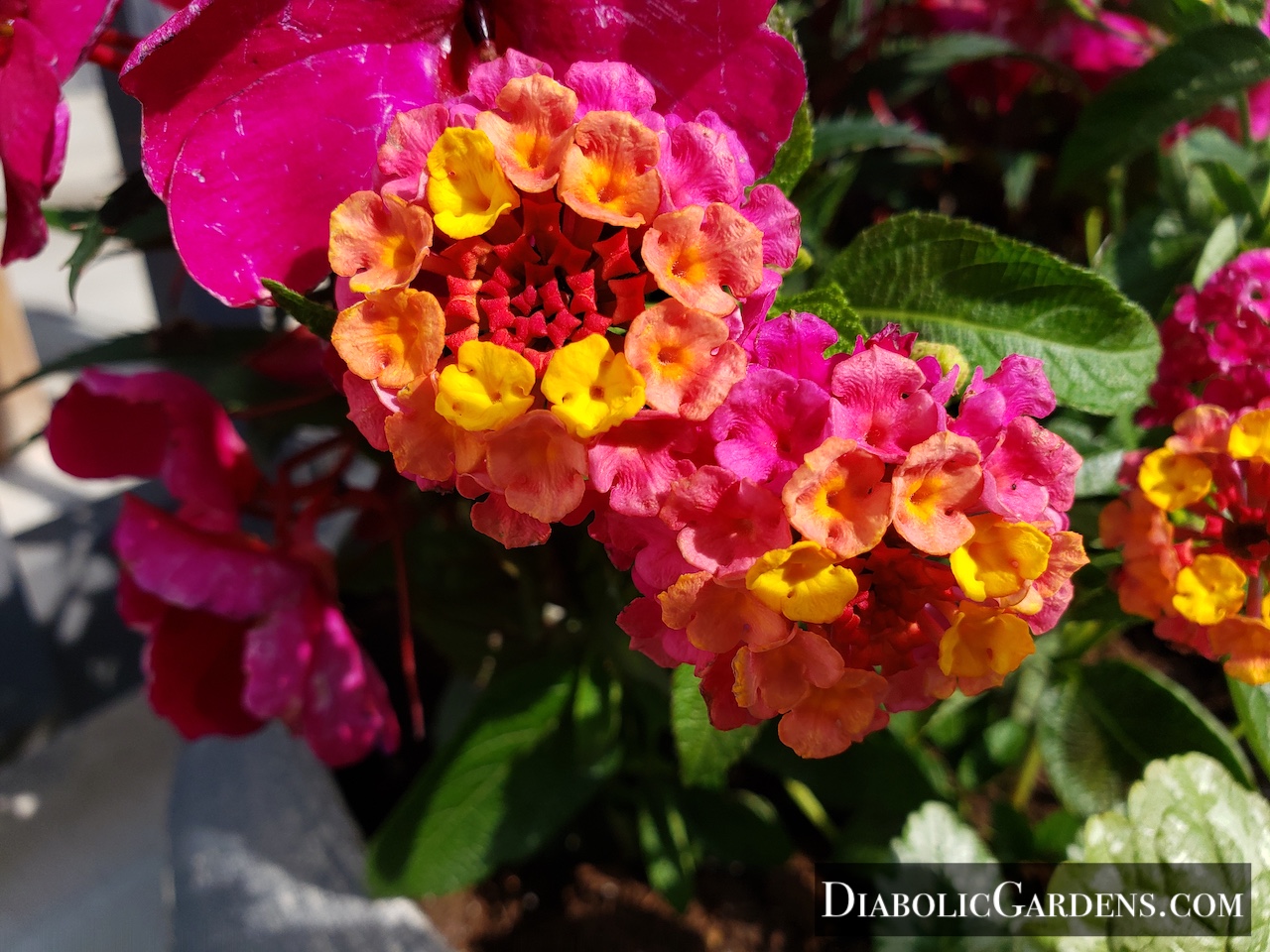Flora - Foliage
ZZ Plant
ZZ plants are known for their resilience and are nicknamed "Eternity Plants" due to their ability to tolerate neglect and low-light conditions.
They have been recognized by NASA for their ability to remove toxins from the air, such as toluene, xylene, and benzene.

ZZ Plant
Zamioculcas zamiifolia
Adopted:
2025-05-01
Size:
Height 2 - 4 feet
Toxic:
While relatively safe to have around, all parts of the ZZ plant are toxic if ingested, so it's best to keep them out of reach of children and pets.
Care:
Light:
ZZ plants prefer medium to bright indirect light, but can also tolerate low light. Avoid direct sunlight, as it can scorch the leaves.
Water:
Water your ZZ plant only when the soil is completely dry. Water thoroughly, allowing excess water to drain through the drainage holes. Discard any water that has accumulated in the saucer.
Humidity:
Average home humidity is fine for ZZ plants. They can tolerate dry air.
Temperature:
ZZ plants prefer temperatures between 65°F and 85°F. It's best not to let the temperature drop below 60°F.
Soil:
Use a well-draining potting mix. You can mix in perlite or lava rocks to increase soil aeration if needed.
Fertilizer:
Fertilize your ZZ plant once a month during the spring and summer with a liquid fertilizer for indoor plants. You can also use a fertilizer stick or granules according to the package instructions.
Pruning:
ZZ plants typically don't require much pruning, but it can be done to propagate them or to remove unsightly yellowing or dead leaves. When pruning, use clean, sharp tools and cut stems close to the base or shorten individual stems by trimming the ends. Removing more than 25% of the plant at once can be detrimental, so limit the pruning and focus on encouraging new growth.
Propagation:
ZZ plant propagation can be achieved through various methods, including division, leaf cuttings, and stem cuttings. Division, where the plant is separated into smaller sections, is a fast and relatively simple method. Leaf cuttings involve propagating new plants from individual leaves, while stem cuttings use small sections of the stem to create new ZZ plants. PROPAGATION ARTICLE
ZZ plants grow from rhizomes, which are underground stems that store water, allowing them to survive drought-like conditions.

7/19/25
GROW LOG:
- 4/21/2025 - Repotted
- 5/1/2024 - Adopted George

